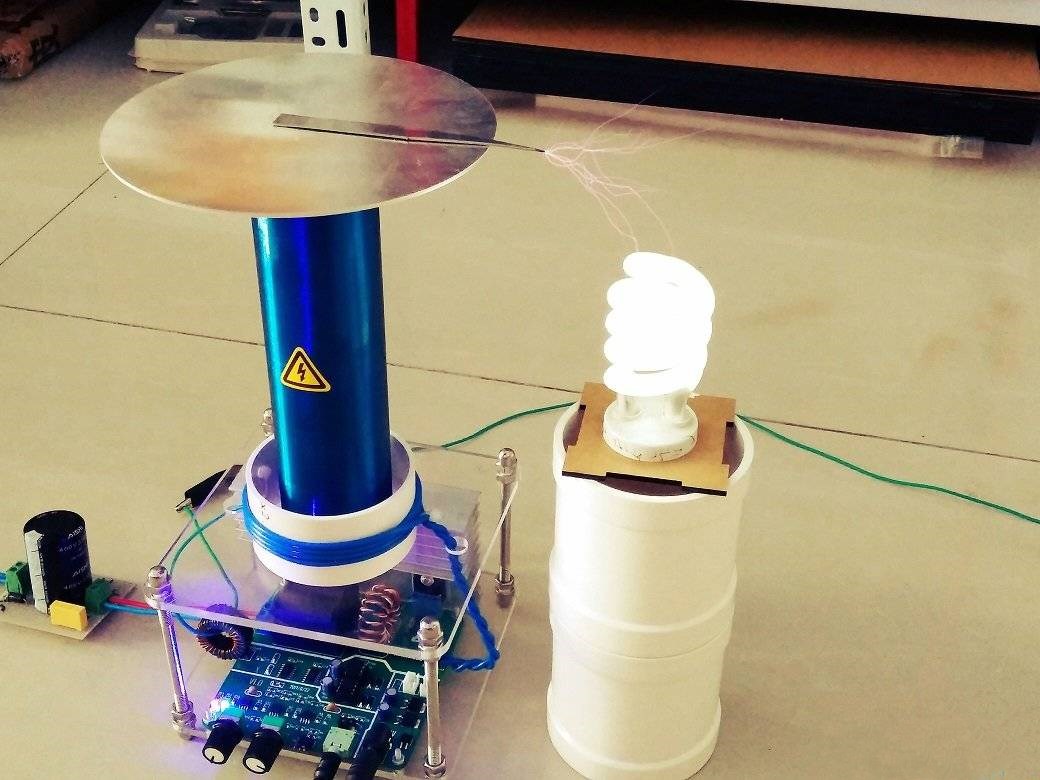
For decades, various artificial intelligences have gradually won competition with humans in competitive games, such as chess, go, even Rubik's Cube, StarCraft, and so on. Nowadays, robots have begun a new exploration - the stacking game.
A recent video from the Massachusetts Institute of Technology shows that a robot developed by the school's engineers is playing the game with amazing precision. Alberto Rodriguez, Department of Mechanical Engineering at the Massachusetts Institute of Technology, said: "This robot is equipped with a soft gripper, a force wristband and an external camera that can make the robot look like a human. The weakness of the perceived tower."
"Unlike purely cognitive games such as chess and go, stacking games require players to master physical skills such as detecting, pushing, pulling, placing, and building blocks. It requires interactive sensing and operation. You must touch the wood. The tower learns how to move bricks and master the timing of moving bricks. It's hard to simulate, so robots must learn in real life and interact with real stacks, Rodriguez said.
Researchers say the robot shows that machines can learn how to perform certain tasks through tactile and physical interactions rather than relying solely on the visual system. This sensitivity is important because it further demonstrates that robots can be used to perform tasks that require subtle operations or are extremely flexible.
Rodriguez said: "In the assembly line of mobile phone production, almost every step of buttoning or screwing feels from the feedback of force rather than vision. Using this behavior as a learning model is to build this technology. Important foundation."
To be a skilled gamer, robots don't need a lot of imaginary exercises. The researchers designed 300 small games for robots to train in. At present, robots have begun to confront humans. Of course, robots are not humans. The opponent, the future is hard to say.

 Английский
Английский  Китайский
Китайский  Немецкий
Немецкий  Корейский
Корейский  Японский
Японский  Farsi
Farsi  Portuguese
Portuguese  Russian
Russian  Испанский
Испанский 





